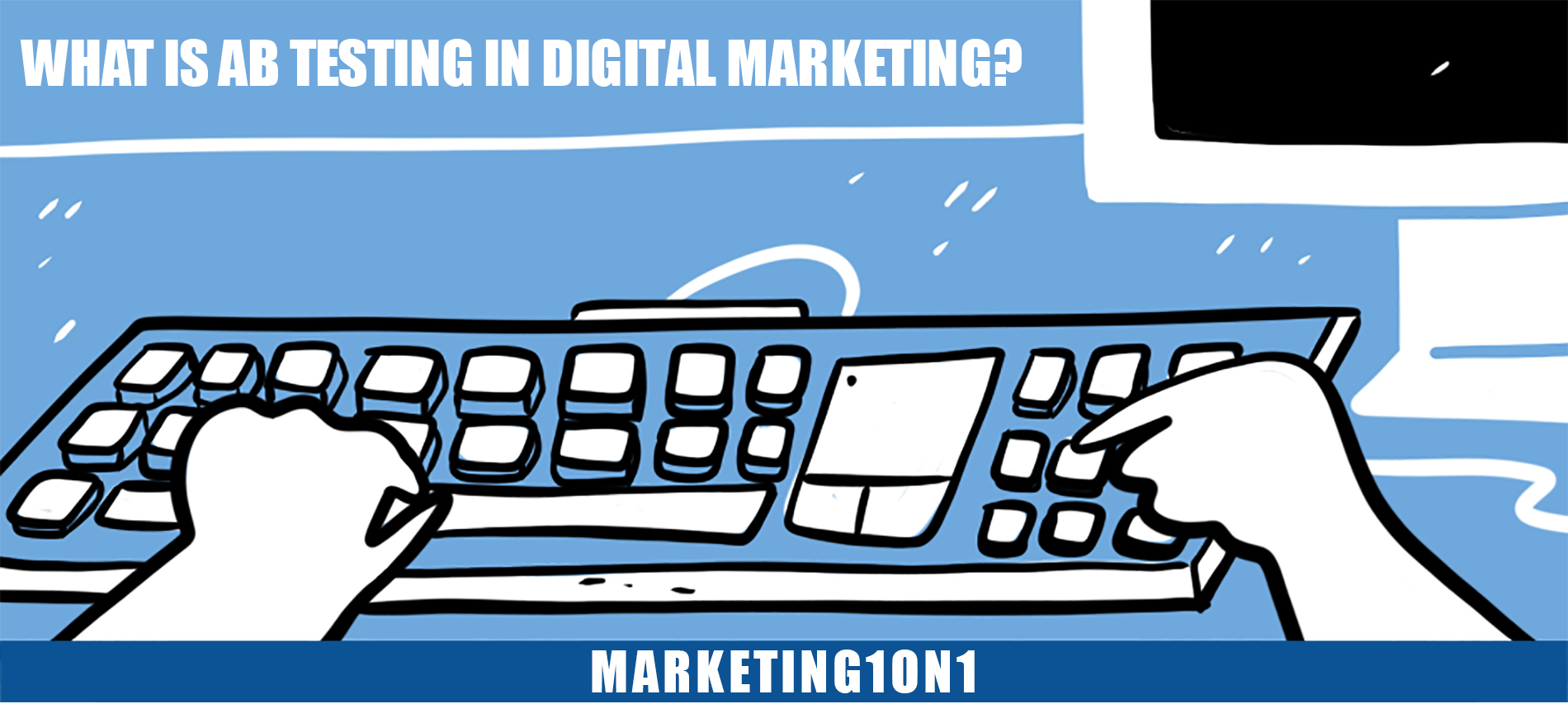- HOME
- CHECKOUT / CART
- LOGIN / REGISTER
- LINK BUILDING
- SEO
- SEO Packages
- Small Business SEO
- Corporate Enterprise SEO
- eCommerce SEO
- Local SEO Services
- SEO Case Studies
- Google Maps Marketing
- Google My Business Management
- Unnatural Links Penalty Recovery
- Shopify SEO
- SEO Consulting
- SEO Reseller Program
- SEO Affiliate Program
- Video SEO Optimization
- WordPress SEO
- WIX SEO Services
- OTHER SERVICES
- RESOURCES
- ABOUT
- About Us
- Why Us
- Testimonials
- INDUSTRIES
- Cannabis CBD Marketing and SEO
- Carpet Cleaning Marketing and SEO
- Cell Phone Repair Marketing and SEO
- Dental Marketing and SEO
- Drug Rehab Treatment Centers Marketing and SEO
- HVAC Marketing and SEO
- Junk Removal Marketing and SEO
- Law Firm Marketing and SEO
- Law Firm Website Design
- Marketing for Arborists and Tree Service Companies
- Medical and Healthcare Marketing
- Plastic Surgeons Marketing and SEO
- Plumbing Marketing and SEO
- Private Detectives / Investigators Marketing and SEO
- SaaS Marketing and SEO
- Strippers Marketing and SEO
- CONTACT
What is AB testing in digital marketing? |
What is AB testing in digital marketing?
AB testing, also known as A/B testing or split testing, compares two versions of a web page or ad to see which one performs better. The “A” version is the control, while the “B” version is the variant. AB testing is used extensively in digital marketing to improve conversion rates and ROI, but it can be applied to any area of business where two versions of something can be compared.
What is AB testing?
AB testing is a method of comparing two versions of a web page to see which one performs better. Visitors are randomly shown one of the two versions, and the version that performs better is used as the final design.
AB testing can be used to test anything on a web page, from the headline to the call-to-action (CTA). Businesses can constantly improve their online conversion rates by testing different elements of a web page.
There are a few things to keep in mind when AB testing:
1. Make sure you have enough traffic. You need a decent amount of traffic to your website before you can start AB testing. If you don’t have enough visitors, your results won’t be statistically significant.
2. Test one element at a time. Don’t try to test too many things at once. You won’t be able to isolate the results and determine which change caused any improvement or decline in performance.
3. Have a clear goal in mind. Know what you’re trying to achieve with your AB test before you start. This will help you determine which metric to use to measure success.
4. Be patient. AB testing takes time, so don’t expect immediate results. Be prepared to wait for at least a few weeks before seeing any significant changes in performance.
What are the benefits of AB testing?
AB testing provides a number of benefits for digital marketing campaigns, including the ability to:
- Test different versions of creative elements (e.g., headlines, copy, images) to see which performs best
- Measure the impact of changes to campaign elements on key metrics (e.g., conversion rate, click-through rate)
- Gain insights into what works best for your target audience, and replicate successful elements in future campaigns
AB testing can be an extremely valuable tool in optimizing digital marketing campaigns for better results. By testing different aspects of your campaign, you can fine-tune your approach and ensure that your campaigns are as effective as possible.
How to set up an AB test
An A/B test is a method of marketing research in which two different versions of a piece of content, an advertisement, or a web page are shown to users at random, and the version that performs better is adopted as the permanent change.
A/B testing can be used to test anything from the effectiveness of a headline to the call-to-action (CTA) on a button. When done correctly, A/B testing allows you to make informed decisions about your website or campaign that are backed up by data rather than guesswork.
There are a few key steps involved in setting up an A/B test. First, you need to decide what element you want to test. This could be something as small as the color of a CTA button or as large as a complete redesign of your website. Once you have decided on the element you want to test, you need to create two versions of it – Version A and Version B. These should be identical in every way except for the element you are testing. For example, if you are testing headlines, Version A might have one headline while Version B has a different headline.
Once you have created your two versions, it’s time to set up your A/B test. This involves choosing which traffic source you want to use – do you want to test all visitors to your website or just those who come from paid search? – and then directing that traffic randomly to either Version A or Version B.
Once your A/B test is running, you need to wait for a sufficient amount of data to be collected before you can decide which version performs better. How long you need to wait depends on a number of factors, such as the number of visitors you get to your website and your site’s conversion rate. Generally speaking, you should aim to collect at least 100 conversions before making a decision.
Once you have enough data, it’s time to analyze the results and decide which version performed better. Once you have decided, you can implement the winning version as a permanent change on your website or campaign.
What are some common AB test scenarios?
Some common AB test scenarios include testing different headlines, images, CTA buttons, and copy on a landing page to see what drives the most conversions; testing different email subject lines to see which ones get the most opens; and testing different ads on a website to see which ones get the most clicks. By running AB tests on your digital marketing campaigns, you can optimize your conversion rate and ROI.
How to interpret AB test results
There are a few different ways to interpret AB test results. The first is to look at the difference in conversion rates between the two versions of the page. This can be done by looking at the number of conversions divided by the total number of visitors. Another way to look at this is to look at the percentage of visitors who convert.
Another way to interpret AB test results is to look at the difference in average order value between the two versions of the page. This can be done by looking at the total revenue divided by the total number of orders. Another way to look at this is to look at the average order value for each version of the page.
Finally, you can also interpret AB test results by looking at the difference in click-through rate between the two versions of the page. This can be done by looking at the number of clicks divided by the total number of visitors. Another way to look at this is to look at the percentage of visitors who click on any link on the page.
Conclusion
AB testing is a digital marketing tool that allows businesses to compare two or more versions of a web page or app to see which one performs better. By running AB tests, businesses can make informed decisions about which changes to make to their site or app that will result in the greatest improvement in conversions and other desired outcomes. While AB testing can be complex, the potential rewards make it well worth the effort for any business that wants to improve its online presence.
Our locations and Services:
Find us on Google maps for directions: Digital Marketing | SEO Las Vegas, Digital Marketing | SEO New York, Digital Marketing | SEO Phoenix, Digital Marketing | SEO Houston, Digital Marketing | SEO Atlanta, Digital Marketing | SEO Anaheim, Digital Marketing | SEO Alexandria, Digital Marketing | SEO Austin, Digital Marketing | SEO Calabasas, Digital Marketing | SEO Cleveland, Digital Marketing | SEO Corpus Christi, Digital Marketing | SEO Dayton, Digital Marketing | SEO Detroit,Digital Marketing | SEO Fort Worth, Digital Marketing | SEO Henderson, Digital Marketing | SEO Indianapolis, Digital Marketing | SEO Irvine, Digital Marketing | SEO Jersey City, Digital Marketing | SEO Knoxville, Digital Marketing | SEO Long Beach, Digital Marketing | SEO Los Angeles, Digital Marketing | SEO Medford, Digital Marketing | SEO Mesa, Digital Marketing | SEO New Orleans, Digital Marketing | SEO Palmdale, Digital Marketing | SEO San Jose, Digital Marketing | SEO Santa Clarita, Digital Marketing | SEO Santa Monica, Digital Marketing | SEO Scottsdale, Digital Marketing | SEO Sherman Oaks, Digital Marketing | SEO Seattle, Digital Marketing | SEO Tacoma, Digital Marketing | SEO Torrance

By placing an order, signing up for services from Marketing1on1 LLC or using this website you agree to Terms and Conditions and Privacy Policy
Copyright © Marketing1on1 LLC All rights reserved.
The content of this web site may not be copied, replaced, distributed, published, displayed, modified, or transferred in any form or by any means except with the prior permission of Marketing1on1 LLC.
Copyright infringement is a violation of federal law subject to criminal and civil penalties.
Blog | Accessibility Statement





